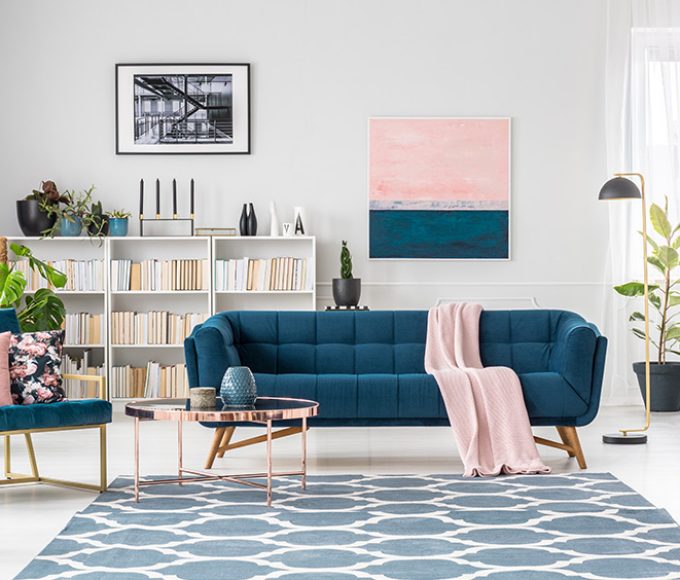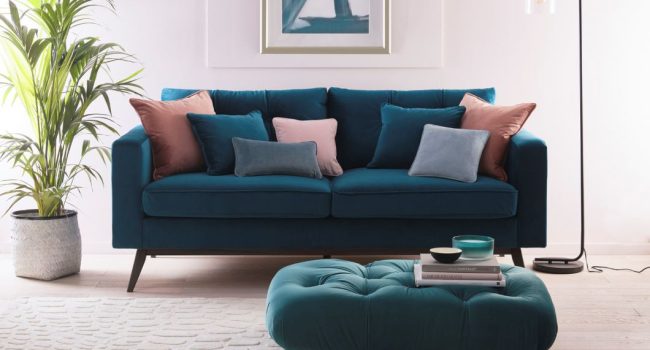
or polyester are used to provide padding
to furniture, adding comfort to seats and cushions

of fabrics, patterns, and colors to match
their interior design preferences.

often have upholstered
tops for added comfort.
Upholstery
Upholstery refers to the process of providing furniture, especially seats, with padding, springs, webbing, and fabric or leather covers. Upholstery serves both functional and aesthetic purposes, enhancing the comfort, durability, and appearance of furniture. Skilled artisans known as upholsterers perform these tasks, and the process can involve various techniques and materials. Here are key aspects of upholstery:
- Materials:
- Padding: Materials like foam, cotton, or polyester are used to provide padding to furniture, adding comfort to seats and cushions.
- Springs and Webbing: In some upholstered furniture, springs and webbing are used to provide support and resilience to the seating area.
- Covering Materials: Fabrics, leather, or synthetic materials are used to cover the furniture. The choice of covering material not only affects the appearance but also influences the feel and durability of the upholstery.
- Upholstery Techniques:
- Springing: In traditional upholstery, springs are often used to provide support to seats. These springs are tied together with twine to create a supportive base.
- Webbing: Elastic or non-elastic webbing is used to support the springs or other padding materials.
- Tacking and Stitching: Upholsterers use techniques such as tacking and stitching to secure the covering material to the frame and create a neatly finished appearance.
- Tufting: This technique involves creating depressions in the upholstery, often with buttons, to give a quilted or padded appearance.


3. Types of Upholstered Furniture:
- Chairs and Sofas: Upholstery is commonly applied to chairs, sofas, and other seating furniture to enhance comfort and aesthetics.
- Headboards: Upholstered headboards for beds provide a soft and comfortable surface for leaning against.
- Ottomans and Footstools: These pieces of furniture often have upholstered tops for added comfort.
- Dining Chairs: Upholstery on dining chairs can make them more comfortable during meals.
4. Customization:
- Upholstery allows for a high degree of customization. Customers can choose from a wide range of fabrics, patterns, and colors to match their interior design preferences.
- Some upholsterers also offer bespoke or custom upholstery services, allowing clients to design unique pieces of furniture.
5. Repair and Restoration:
- Upholsterers are skilled in repairing and restoring old or damaged furniture. This may involve replacing worn-out padding, repairing springs, or re-covering the furniture with new fabric or leather.
4. Maintenance:
- Regular maintenance, such as cleaning and occasional reupholstering, can extend the life of upholstered furniture.
- Different types of fabrics may require specific care, and upholsterers can provide guidance on proper maintenance practices.

Upholstery combines craftsmanship and design to create furniture that is both functional and visually appealing. Whether you are looking to add comfort to a piece of furniture or give it a fresh new look, upholstery plays a crucial role in achieving these goals. Professional upholsterers have the skills and expertise to handle a wide range of upholstery projects, from basic repairs to intricate custom designs.
